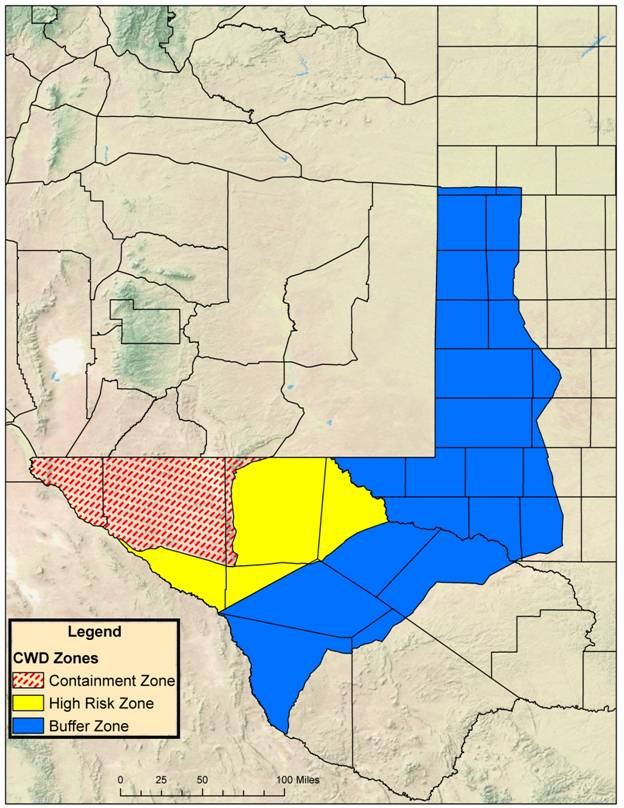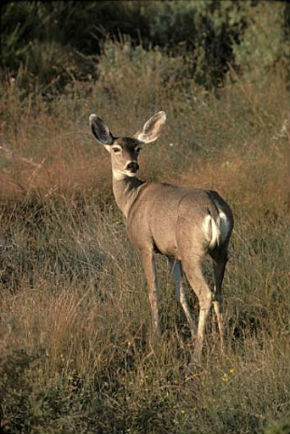Habitat: Master Naturalist Program
Friday, November 9th, 2012
Master Naturalist Group
Passport to Texas with Support from the Wildlife and Sport Fish Restoration Program
Protecting Texas’ natural resources requires effort from all Texans.
09 – Well, as a state agency, we are constrained by our budget, and so we can’t possibly put as many eyes in the sky and boots on the ground as we need.
Urban biologist, Kelley Bender, encourages folks to learn about and share the conservation message by becoming a Master Naturalist.
22 – The Texas Master Naturalist Program is a really exciting way for people to get involved in nature and wildlife in the state of Texas. There’s a nine-week course that’s provided by professionals in the field, where they get training that includes classroom training as well as field trips. And then we ask for a commitment back to provide 40 hours of volunteer service a year.
Master Naturalist training prepares people to become leaders in community-based conservation efforts.
19 – Most chapters offer a get-to-know you class where they introduce all the topics that are going to be discussed. They also talk about what the commitment is and what will be expected of the students as well as what will be expected of the program. And all people are welcome and invited to join. We ask that people be 18 years and over.
Find a local Master naturalist chapter near you on the Texas Parks and Wildlife website.
The Wildlife and Sport Fish Restoration Program supports our series and funds diverse conservations project throughout Texas…for Texas parks and Wildlife I’m Cecilia Nasti.






 Passport to Texas is a
Passport to Texas is a  Passport to Texas is made available by:
Passport to Texas is made available by: